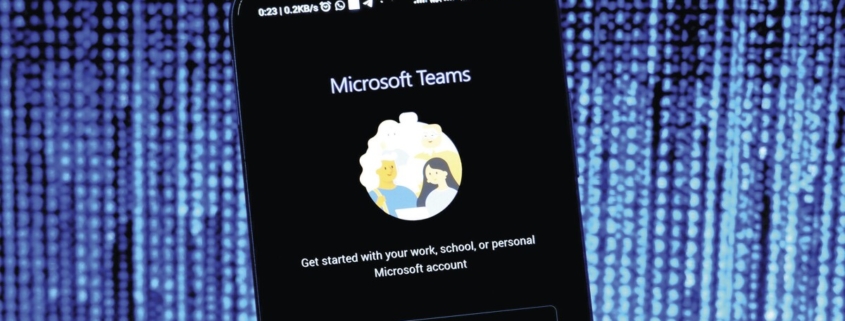Protecting your finances from cybercriminals

Identity theft and computer hacks are happening far too often, so protecting yourself and your finances is essential.
In 2013, we were shocked when Target Corp. announced that the credit card information for 41 million customers was compromised after a hacker gained access through credentials stolen from a third-party vendor.
In 2017, Equifax, a credit reporting agency, reported a hack that exposed the personal information of up to 143 million Americans, 15 million British citizens and 19,000 Canadians.
In 2020, a massive cyberattack occurred when SolarWinds, a technology firm based in Austin, Texas, provided a software update that included malware attached by hackers.
Ironically, SolarWinds sells their Orion software to thousands of companies, and it is intended to monitor their computer networks. SolarWinds estimated that 18,000 customers, including roughly 40 government agencies, received the update and were exposed to the hack.
The government agencies included the Pentagon, the Treasury Department, the Department of Energy, the U.S. Postal Service and the Department of Homeland Security. Once the data is stolen, we do not know who has access to it or how they may use it.
Recently, hackers have shifted their strategies and have been using a form of malware that encrypts files on a computer system. Once the hackers have infiltrated a computer system, they demand a ransom in exchange for unencrypting the files. This strategy has been used in recent years to attack the computer systems of cities and municipalities, including Atlanta; Baltimore; Denver; Knoxville, Tennessee; New Orleans; and Tulsa, Oklahoma.
In some cases, the ransom was paid, although there is a concerted effort among the U.S. Conference of Mayors to stop paying ransoms.
Most recently, in January 2022, the computer systems of Bernalillo County and Albuquerque Public Schools were hacked.
Being hacked is not always an indication that the company or city was lax in their computer security policies.
Hackers have numerous ways to gain access. I assume that most personal information — including Social Security numbers, birthdates, addresses, tax records, credit card numbers,…



